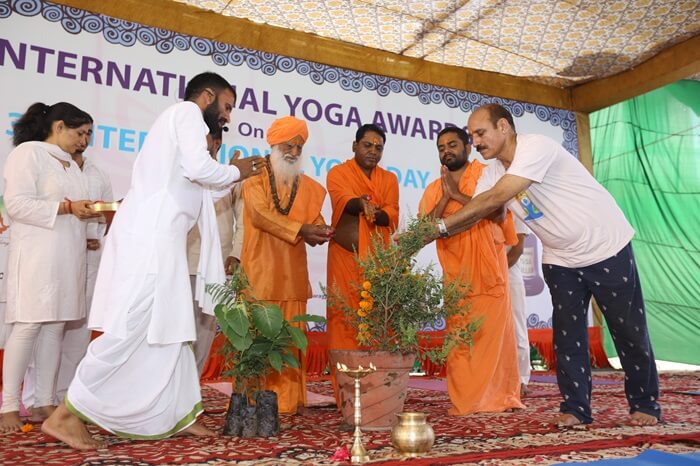Yoga Poses for Lower Back Pain Relief
The lower back is a sensitive area for many people. Common causes of lower back pain include weak core muscles and poor posture from prolonged sitting. Identifying the cause of the pain is crucial for effective treatment. If the pain is severe or persistent, consulting a doctor before starting any exercise is essential. For milder pain, certain yoga poses can offer relief and support.
Even if you don’t sit for extended periods, the lumbar region can still be affected, influencing your overall mood. Yoga can alleviate back pain and serve as preventative care for the future. By focusing on balance and steadiness, yoga helps your body develop defenses against back pain. Weak abdominal and pelvic muscles, as well as limited hip flexibility, contribute to back pain. Strengthening these muscles improves posture and reduces back strain.
Here are five effective yoga poses for lower back pain:
1. Child’s Pose (Balasana)

Benefits: Balasana helps relieve pressure from your lower back by elongating and aligning the spine, providing a soothing stretch.
Steps:
- Kneel on your mat with your knees hip-width apart and feet together behind you.
- Inhale, and as you exhale, lay your torso over your thighs.
- Lengthen your neck and spine by stretching your ribs away from your tailbone and the crown of your head away from your shoulders.
- Rest your forehead on the ground with your arms extended in front of you.
- Hold this position for one to three minutes.
2. Standing Forward Bend Pose (Uttanasana)

Benefits: Uttanasana enhances the flow of oxygen-rich blood to your brain, rejuvenates your mind, and relaxes your nerves. It stretches your hips, hamstrings, and calves, strengthens your thighs and knees, and alleviates stiffness in your spine, neck, and back.
Steps:
- Stand with your feet together and bend your knees slightly.
- Fold your torso over your legs from the hips, not the lower back.
- Place your hands next to your feet or on the ground in front of you.
- Inhale and extend your chest to stretch your spine.
- Exhale and gently press your legs straight.
- Extend your torso down without rounding your back and draw your shoulders down your back.
- This pose stimulates blood flow to your brain, stretches your hamstrings and lower back, and lengthens your spine.
3. Cat-Cow Pose (Marjaryasana/Bitilasana)

Benefits: This pose improves spine alignment, promotes mobility, and relieves lower back tension. It enhances coordinated movement, flexibility, and overall posture.
Steps:
- Kneel down with your hands under your shoulders and hips over your knees.
- Inhale slowly, and as you exhale, round your spine and drop your head toward the floor (“Cat” posture).
- Inhale and lift your head, chest, and tailbone while arching your back (“Cow” posture).
- Hold this position for one to three minutes.
4. Bow Pose (Dhanurasana)

Benefits: Dhanurasana strengthens your thighs, chest, and back, improves posture, stimulates the neck and abdomen, and increases lung capacity. It exercises your back muscles and hamstrings.
Steps:
- Lie on your stomach with your arms at your sides.
- Hold your ankles and lift your knees from your hips while also lifting your thighs.
- Hold the position for 5-10 breaths.
- Repeat a few times.
5. Locust Pose (Shalabasana)

Benefits: This pose is beneficial for alleviating lower back pain and indigestion. It tones the muscles of your thighs, upper thighs, and buttocks, extends your spine, enhances flexibility, and reduces stress.
Steps:
- Lie on your stomach with your arms at your sides, palms facing upward.
- Tilt your head backward, placing your chin on the floor.
- Inhale and create an arch with your head, shoulders, and legs facing the ceiling.
- Hold your breath while maintaining this position.
- Exhale and slowly lower your body to the floor to return to the starting position.
- Rest your head on one side to relax.
Conclusion
Incorporating these yoga poses into your routine, especially if you have a desk job, can help alleviate backaches, soreness, and stiffness. For a comprehensive approach to yoga, consider joining a 200-hour Yoga Teacher Training in India, 300-hour Yoga Teacher Training in India, or 500-hour Yoga Teacher Training in India. Additionally, explore our Ayurveda Retreat in India and Yoga Retreat in India for a holistic wellness experience.















